We are going on month 17 of still not being able to leave China (and now we're not even allowed to leave Shanghai). But who’s counting? (We are definitely counting.) We never thought we’d survive this long without a China break, but somehow – miraculously – we are all doing it, earning ourselves a big, fat red and gold Mao-approved star.
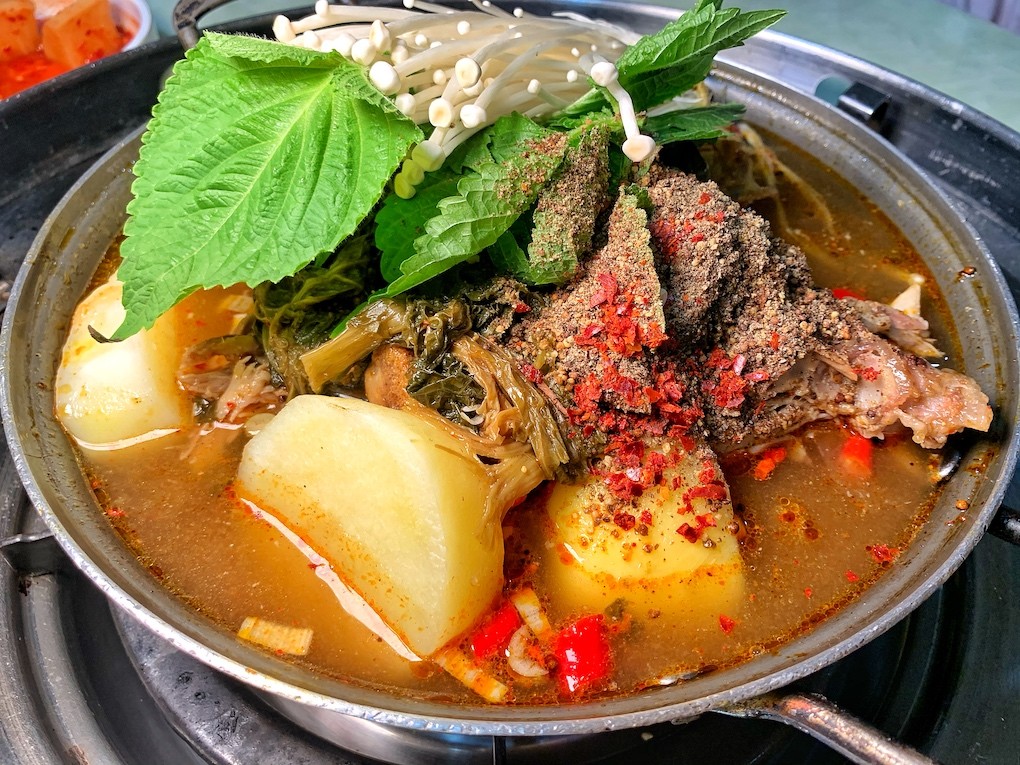
Image by Sophie Steiner/That's
While frequent trips to Sanya or splurge-tastic staycations aren’t always on the cards (or the budget, for that matter), escapes within Shanghai to places like Koreatown are keeping us as mentally stable as one can be when locked in one country for an indefinite amount of time. Without further ado, here’s how we crush a ‘Koreatown vacation.’

Image by Sophie Steiner/That's
Author’s Note: Keeping in line with our normal travel style, 99.9% of what we do on vacation is eat. Dress accordingly – may we suggest stretchy, flowy materials. Or just own it and rock a swimsuit so you’re prepared for the “digestion session” of the day (see below). Now get your tummy ready for some major action.
First Breakfast
In our first restaurant, the kind of food consumed at breakfast is not distinct from that which is consumed for lunch or dinner. This means sea creatures, meats, soups and spicy everything are on the table, literally. (i), (ii)

Image by Sophie Steiner/That's
Embracing that custom, we are boldly kicking off the day with Gochujang Fried Squid with Pork Belly 铁板八爪鱼五花肉 (RMB150/medium, RMB29/large) at Yi Ba Dou 怡吧都韩国料理. Served on a sizzling iron skillet, the fat from the pork melts into the sticky, tangy gochujang paste, getting caught in every octopus tentacle nook and cranny.
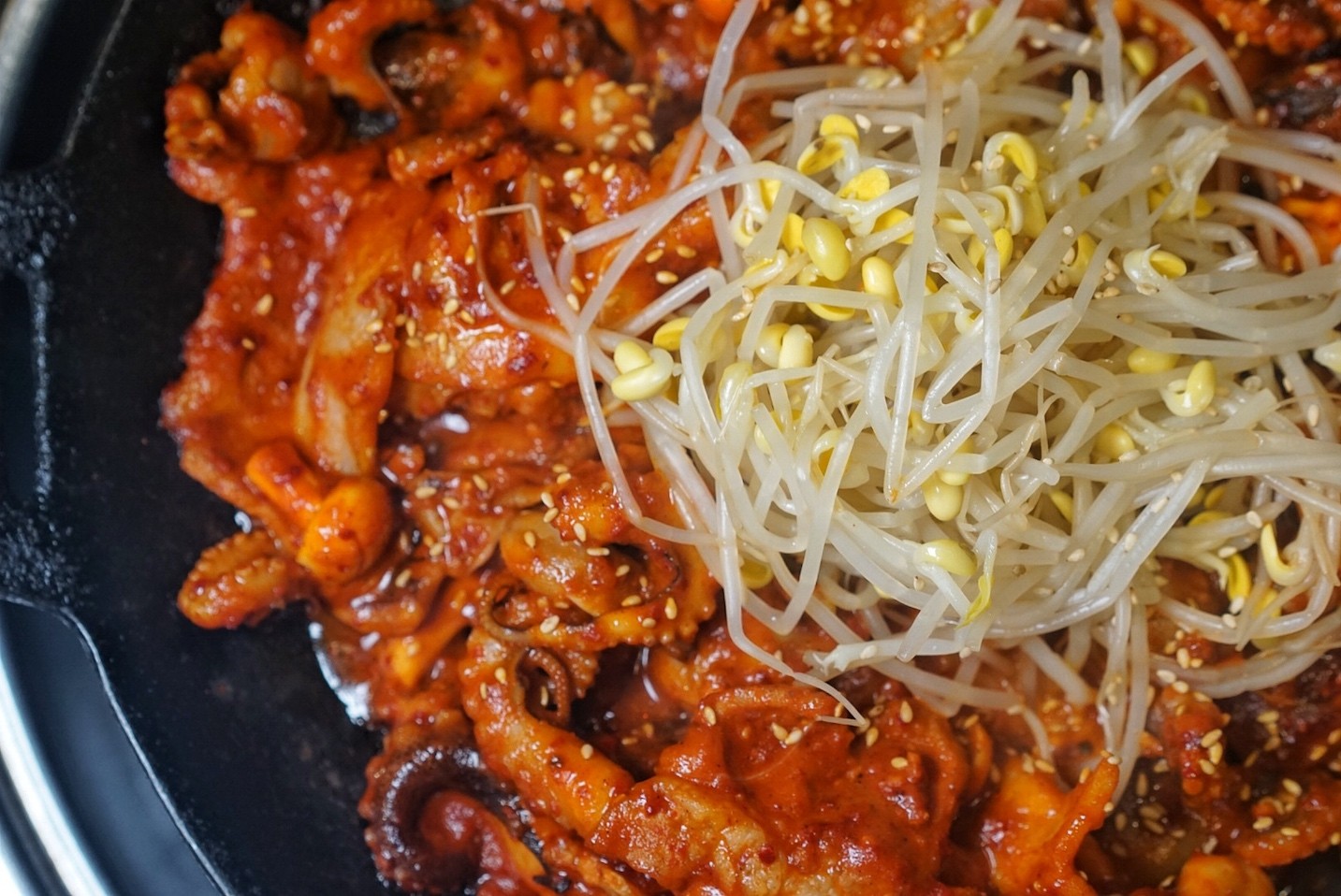
Image by Sophie Steiner/That's
Roll up the saucy seafood in lettuce wraps with kimchi and dunk in ssamjang – or Korean fermented soybean paste-based BBQ sauce – then wash it all down with a frothy mug of Cass.
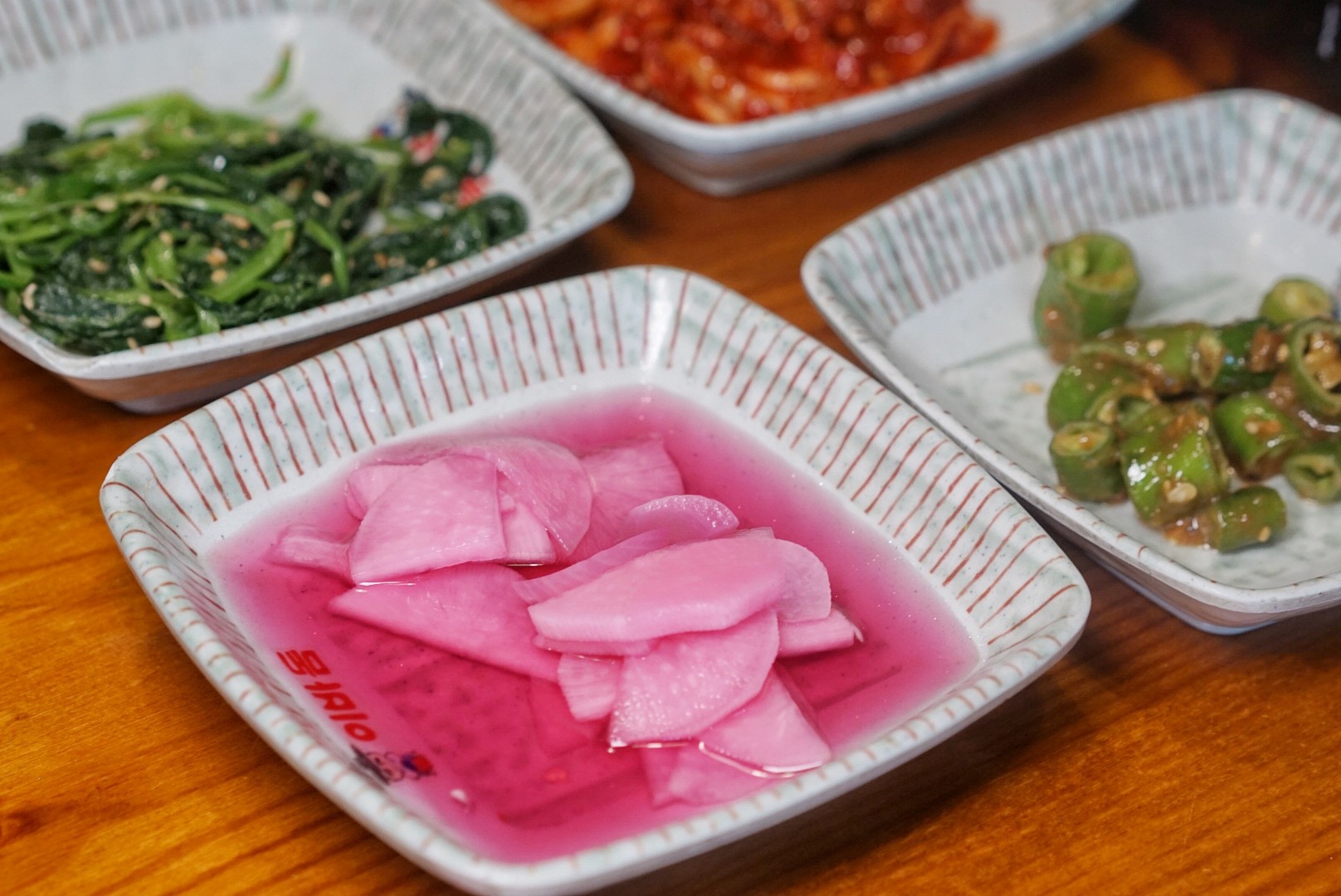
Image by Sophie Steiner/That's
The Kimchi Dumplings 泡菜饺子 (RMB18/3, RMB35/6) are behemoth mandu, stuffed with pungent kimchi, pork and fried egg, a filling bite for those with a hulk-like appetite.
Bonus Round Brekkie
Cool down your qi with some Soy-Marinated Crab (RMB188) at Gammiok 甘味屋. Located just one floor up from your first breakfast, this shop is well known throughout Shanghai’s Koreatown for serving up this specialty that dates back to the 1400s. The crabs are first salt-cured for hours, then topped several times over the course of a few days with a sauce made of soy, sesame oil, sugar, scallions, garlic, ginger and chilis.

Image by Sophie Steiner/That's
Once chilled, the resulting crab meat is luscious and buttery, with a pudding-like consistency. Make sure not to miss the meaty claws and legs – the extra mafan of opening them is worth the reward. Enjoy the meat with a variety of included banchan – or Korean side dishes – that are also sold to-go or for delivery, if you so fancy.
Second Breakfast
It’s time to embrace the hobbit way of life and go for a second breakfast. After all, you are here to eat, eat, eat. Luckily for your metabolism, this is just a pitstop, a soupy amuse bouche, if you will, to warm (cool?) your appetite for lunch.

Image by Sophie Steiner/That's
Known as naengmyeon in Korean, the Cold Noodles 冷面 (RMB40) at Pojeong 庖沃丁 are chewy buckwheat and potato starch noodles, served in an iced beef broth and topped with a tower of julienned cucumber and pear, thinly sliced brisket and hard-boiled egg. Although most popular as a summer dish, ask for some warm broth on the side to compare it both ways.
Food Break Numero Uno
For the sake of your sanity, we’ve added in a few breaks along the way to allow time to digest, and to take in the sites, another semi-important part of travel. If this hasn’t been made clear enough yet: food is always top priority.

Image by Sophie Steiner/That's
Walk about 10 minutes north to Lightspace Xinhua Bookstore, located on the 7th floor of the Pearl Art Museum on Wuzhong Lu. Flip through the pages of a newly released novel or take in the haiku-inspired architecture designed by Tadao Ando, a self-taught Japanese architect who won the Pritzker Prize in 1995.
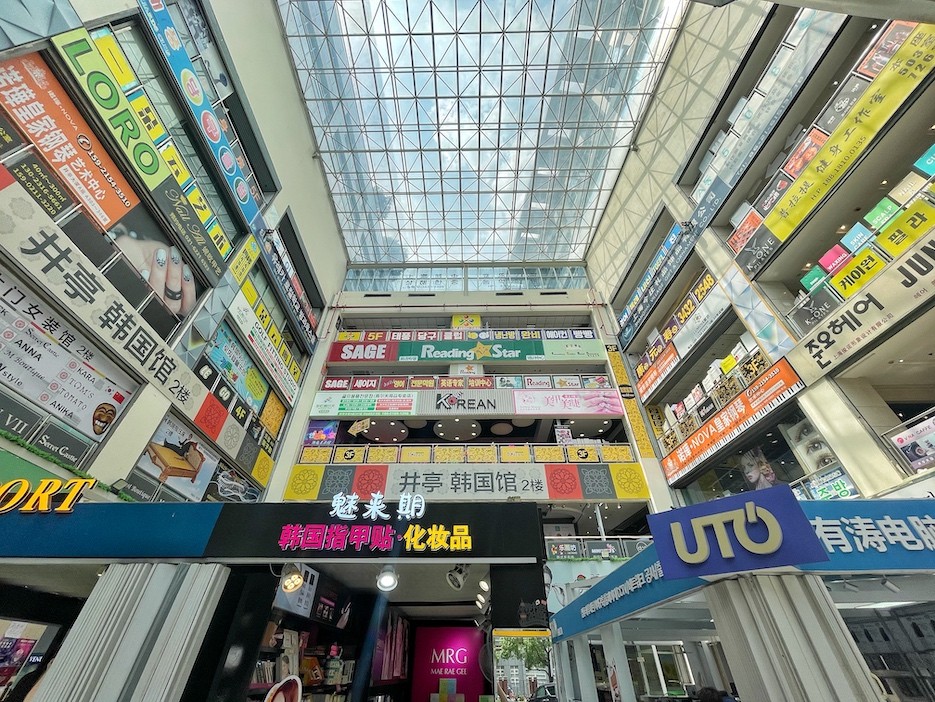
Image by Sophie Steiner/That's

Image by Sophie Steiner/That's
Next, make your way down to Seoul Plaza (Jingting Tiandi 井亭天地), a shopper’s haven, where the first floor offers everything from Korean imported makeup and clothes to banchan shops and snack stores. For one of the widest varieties of kimchi and fermented foods offered in China, check out Mama’s Kitchen, or snag some tteokboki (gochujang slathered rice cakes), boiled fish cakes or kimbap (which bears a striking resemblance to Japanese sushi) at the shops next to it. (iii)

Image by Sophie Steiner/That's

Image by Sophie Steiner/That's
Flanked by two Korean supermarkets, you can also stock up on the best of Korean eats – like pre-packaged noodles, cooking pastes, spices, candy, makgeolli (a milky, carbonated rice wine) and soju, all hailing from the land of K-Pop.
Snack Time

Image by Sophie Steiner/That's
Feeling peckish yet? Take a break from shopping with a sugary surprise and perhaps a beverage at WidCoffee, located on the second floor of Seoul Plaza. Similar to Taiwanese shaved ice, the popular Korean dessert Bingsoo (RMB70-95) is made from shaved frozen milk here, resulting in a powdery, snow-like mound of sweetness.
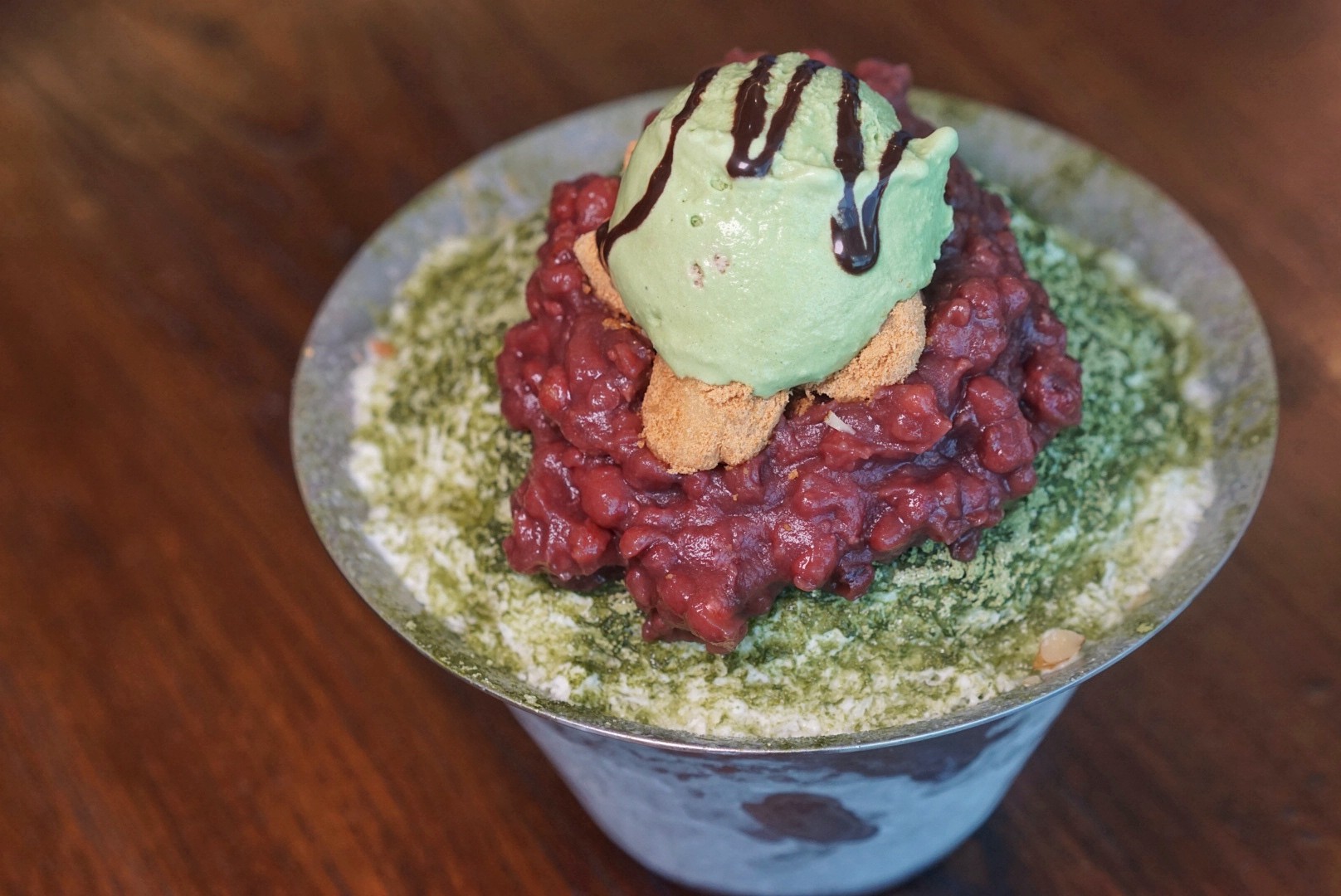
Image by Sophie Steiner/That's
The most common flavors span injeolmi – roasted soy bean powder topped rice cakes – matcha, mango and strawberry. But for the non-traditionalists, there’s also Oreo, blueberry and walnut. Each powdery slope is adorned with a scoop of ice cream and various complimentary toppings, like sweet red bean, sugary mochi, fresh fruits and crumbled cookies.

Image by Sophie Steiner/That's
One final detour before showtime involves a visit to Han Can 韩餐, a banchan shop with all the unique Korean sides that upstream everyday kimchi. Find anything from multi-colored pickled daikon to cold gochujang octopus to fermented scallions and garlic to soy-marinated dried anchovies – and, of course, about 7 billion kimchi varieties. They also offer pre-made kimchi pancakes, kimbap and donguerang ddeng (Korean-seasoned ground meat patties), plus delivery throughout Shanghai.
Lunch Time – It’s a Korean Fried Chicken Showdown
Arrive at Dong Da Men 东大门一只鸡 fully prepared to eat your body weight in the crispiest, most succulent form of Korean Fried Chicken (RMB95) before moving on to the next few KFC joints, all located in a one-block Korean food mecca radius along Hongquan Lu.
Here, fried chicken comes in four varieties – original, garlic, sweet spicy and soy sauce – or you can choose to get a half order of each for the same price. Our favorite trick? A bastardization of both garlic and sweet spicy by dipping the former in the sauce of the latter.
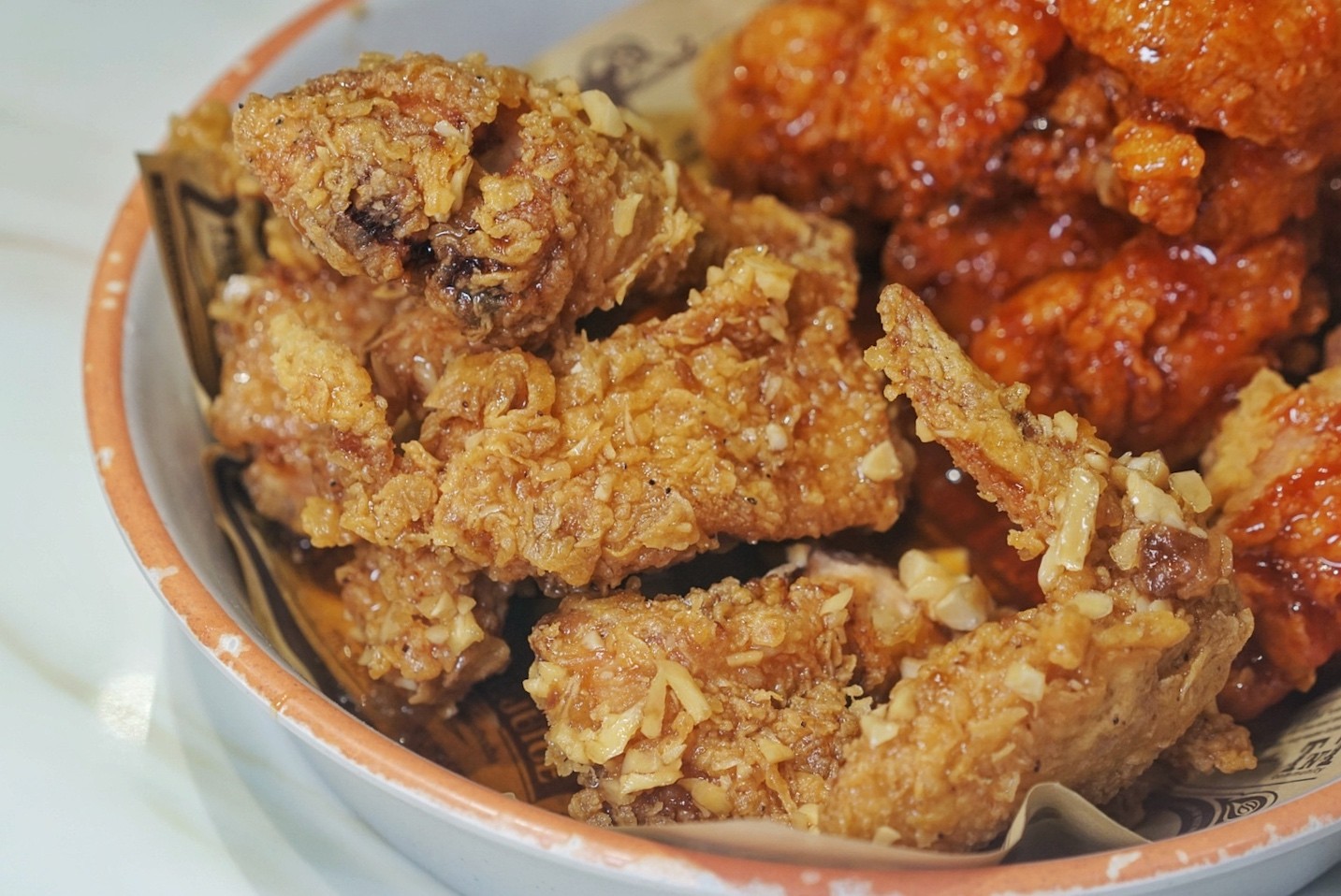
Image by Sophie Steiner/That's
Beware, the portion here is mighty, with easily a whole chicken served. Fun fact, Dong Da Men also offers our favorite banchan of the day – spicy kimchi, pickled cucumbers, garlicky daikon slivers and saucy fried tofu, all free flow with the purchase of any other dish on the menu.
Who doesn’t love a head-to-head challenge, especially when the subject is arguably the best fried food in the world? Alas, our stomachs could only handle so much, so we pledge to return and assume this Korean fried chicken responsibility upon our next visit.
In the meantime, we call upon thee, oh Shanghai foodies, to try Bulloman 富乐满韩国正宗炸鸡韩国料理, Genie 吉尼大排档, Duo Le Fang多乐房土豆汤 and any others you come across, and report back as faithful subjects of the sacred art of demolishing all things fried.
Digestion Session

Image by Sophie Steiner/That's
As full of K-Town is of food, there’s also activities for all interests that – shocker – don’t involve eating. For the sun worshippers, just under two kilometers away, there’s Oriental Springs – a hot springs resort with outdoor pools and Jacuzzis, saunas, a bookstore, kids entertainment, KTV booths, a restaurant and cafe, pool tables, and – did we mention – free flow beer for just RMB149 per day, or RMB69 after 4pm.
If you don’t feel like unleashing your inner sun goddess while rocking a 9-month pregnant food baby, there’s also indoor golf, laser tag, an arcade, a cinema and New Star Spa – a legit Korean spa with various pools, massages, facials and the works. Waste time aplenty to get ready for what’s next.
Dinner Feast – Choose Your Own BBQ Adventure
At this point in the day, it’s time to make choices – and sacrifices – for the sake of your stomach’s wellbeing. Luckily, you really can’t go wrong with any of these.
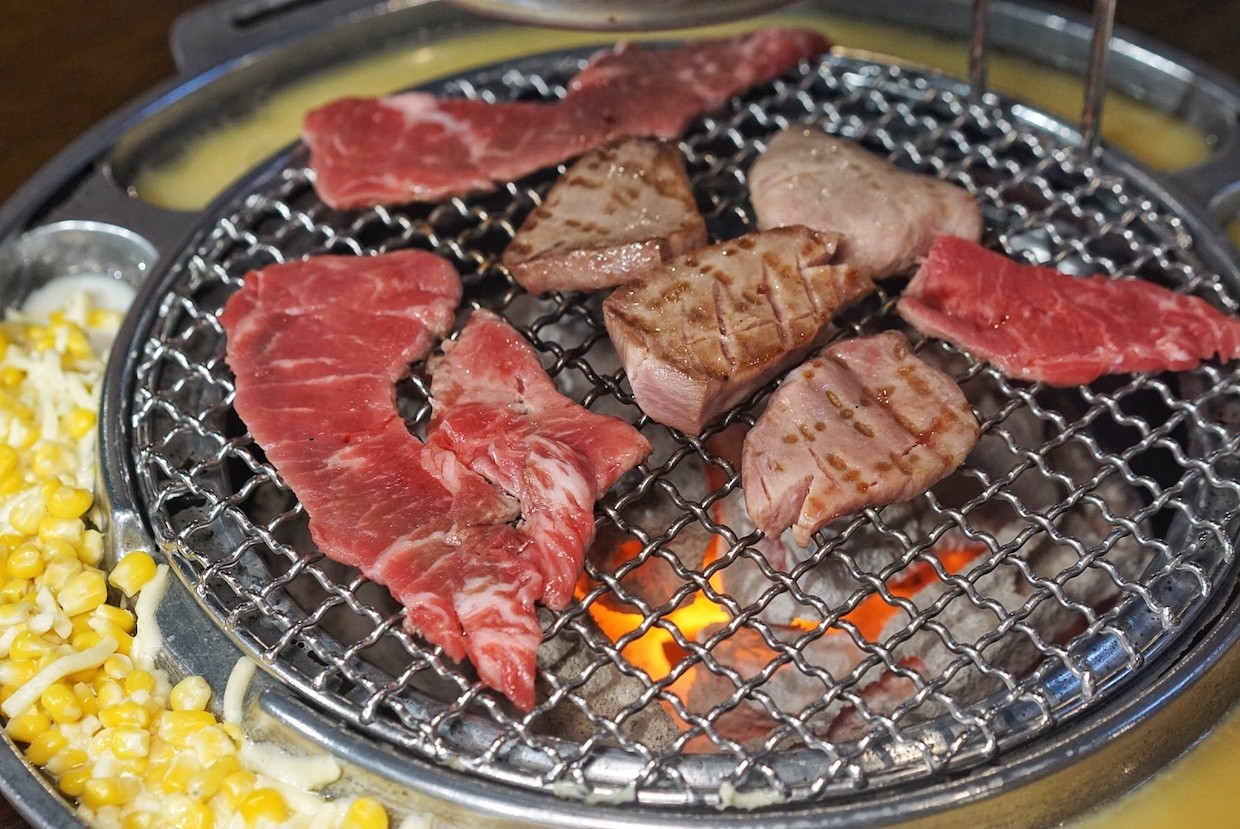
Image by Sophie Steiner/That's
If you’re truly capable of a dinner feast, our top Korean BBQ recommendation is Zhonglu Shanghui Yuanjia 钟路商会缘家. Situated in a mall, it is a fairly unassuming spot at first glance. But with a whopping 15,000 reviews on Dianping, there is an hour plus wait on any given evening. That’s because the service is solid (the staff cooks the meat tableside for you, ensuring correct done-ness), the food is better and the overall experience is legit for a not-so-hefty price tag.

Image by Sophie Steiner/That's
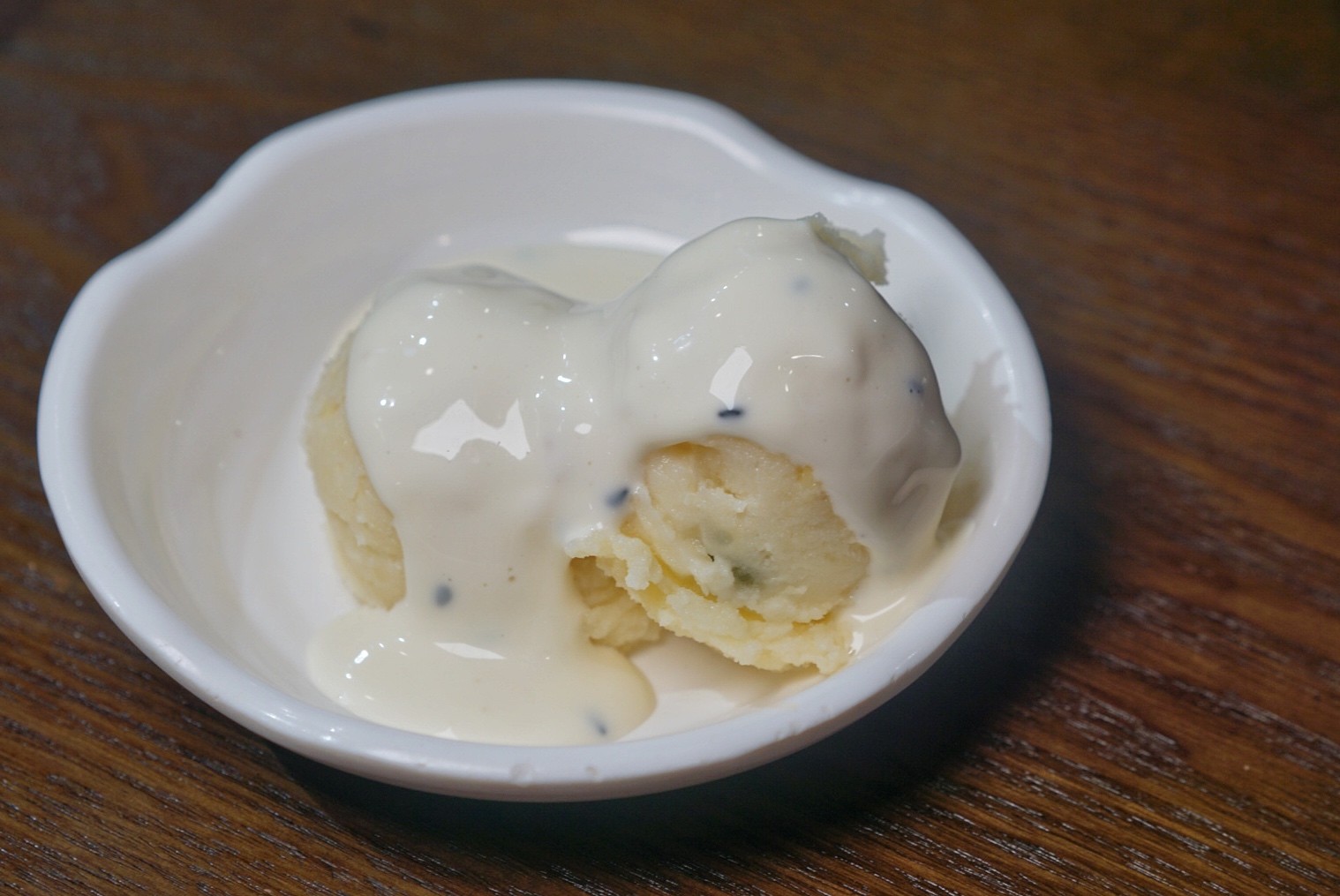
Image by Sophie Steiner/That's
We suggest ordering the BBQ Set (RMB298) for 2-3, plus some sides and extra meat if you feel so inclined. The set comes with pork belly, beef tongue, ribs, seasoned beef and more, plus free flow banchan – including some pretty damn noteworthy creamy mashed potatoes topped with a sweet mayo and cheesy corn. Purely indulgent fillers that we aren’t ashamed to admit devouring.
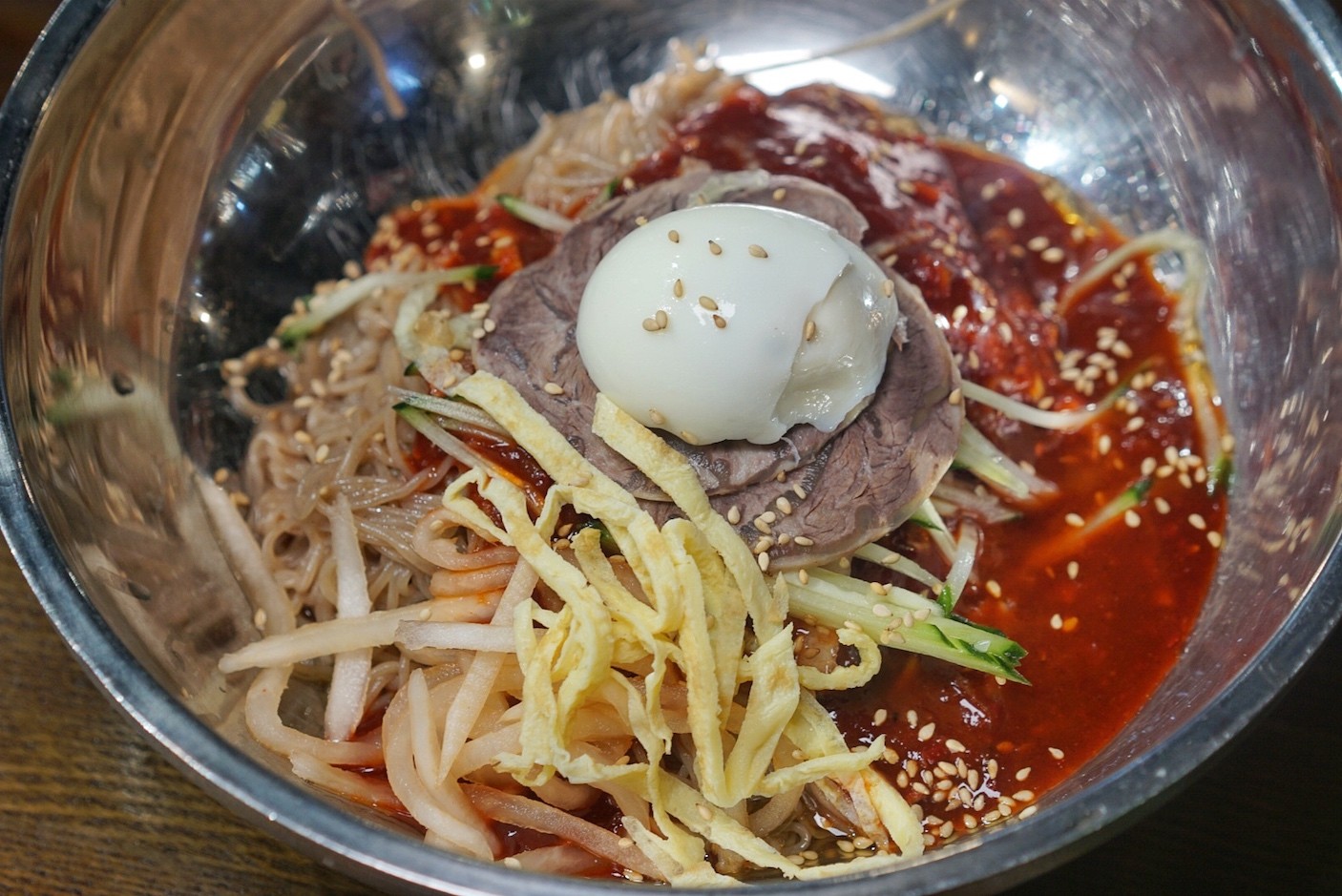
Image by Sophie Steiner/That's
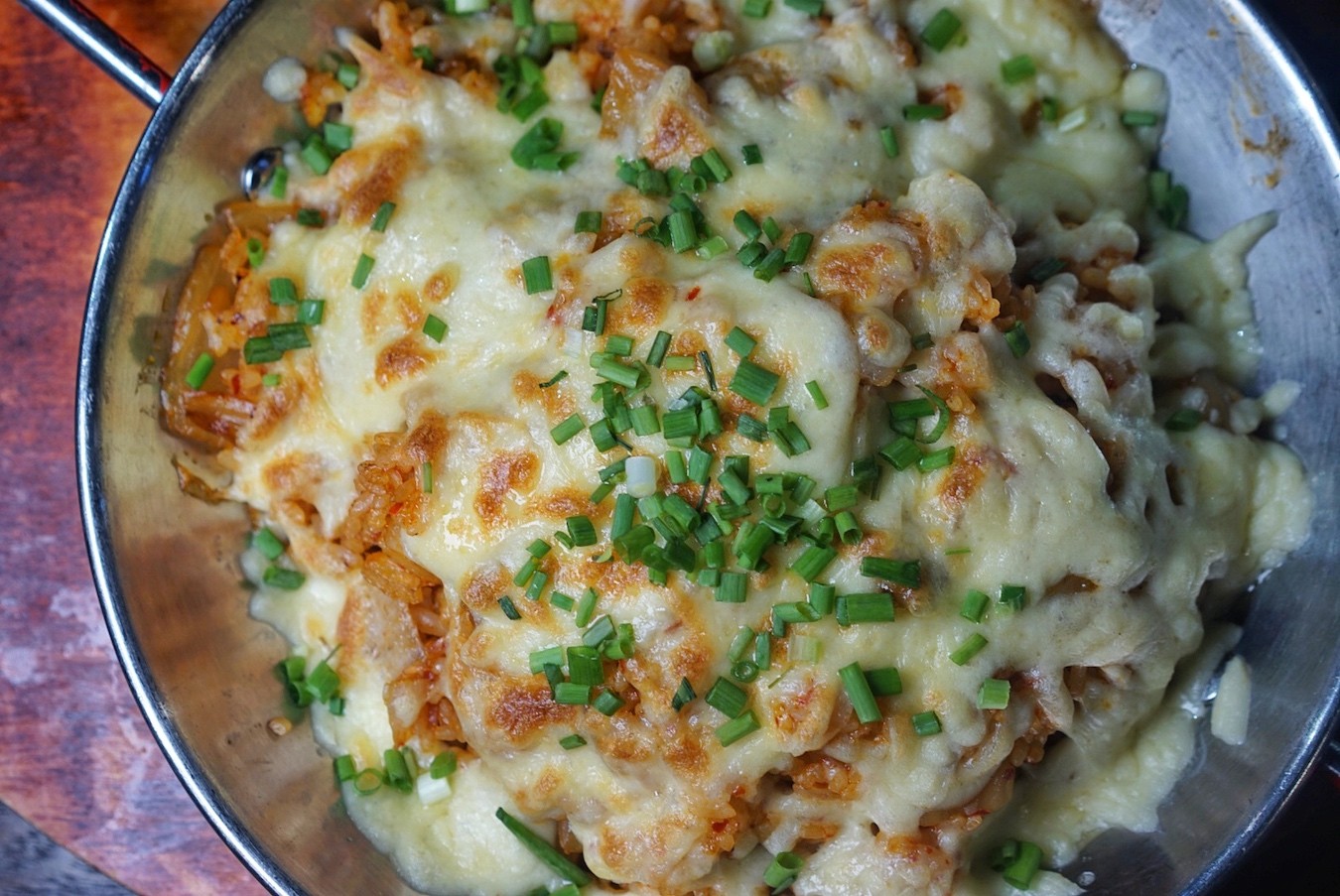
Image by Sophie Steiner/That's

Image by Sophie Steiner/That's
Other recommended sides include Spicy Cold Noodles (RMB30), Cheese Kimchi Fried Rice (RMB30), Seafood Pancake (RMB45) and Korean-style Raw Beef (RMB68).
If the long line is a turn-off, the same building has quite a few other Korean BBQ spots that – based on their equally busy patronage – are probably correspondingly satisfying.

Image by Sophie Steiner/That's

Image by Sophie Steiner/That's
Moving a few blocks away from the busy K-town heart, Chonghakol 青鹤谷 is another stellar BBQ option with loads of meat to choose from and an overflowing plate of fresh veggies, sauces and sides. Plus their Hot Stone Bibimbap (RMB49) and Kimchi Stew (RMB39) are standout.
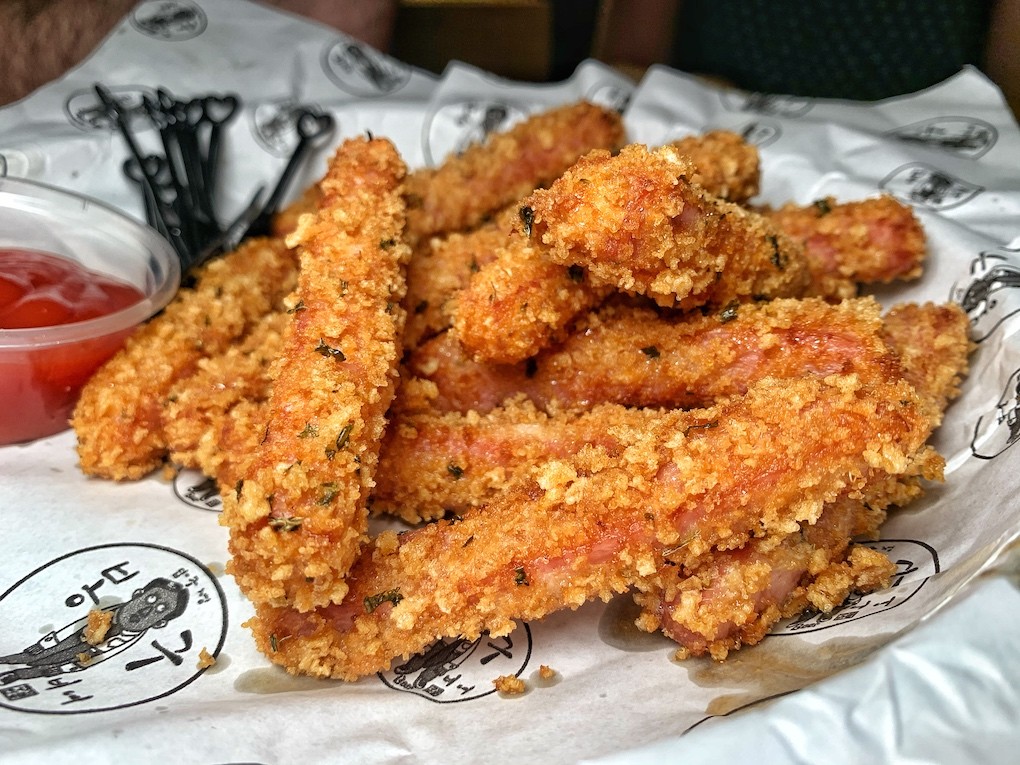
Image by Sophie Steiner/That's
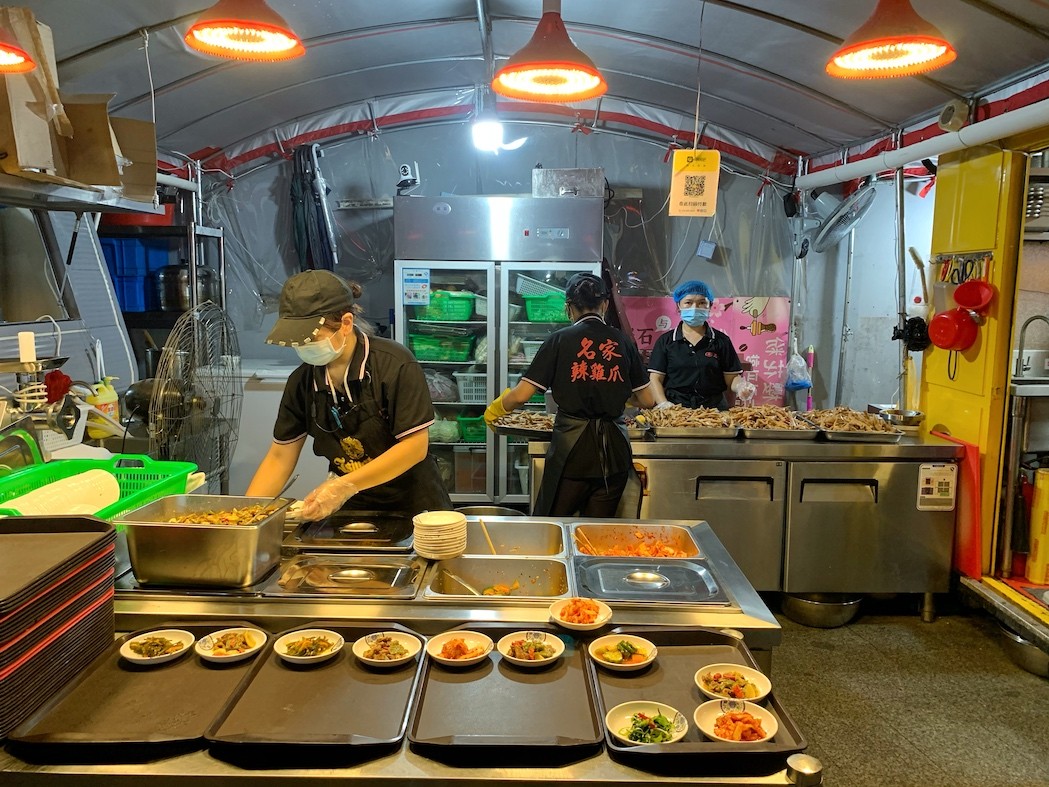
Image by Sophie Steiner/That's

Image by Sophie Steiner/That's
Post-dinner feasting and still going strong? Swing by Bong’s Beer & Café 逢故韩国大排档 for some late-night soju cocktails and fried spam fries, or the Night Market behind the west tower of Jingting Tiandi. Although very clearly a Chinese night market, the Korean inspired tent-like pojangmachas house an assortment of grilled meat and seafood, while the food stalls in front of them provide fried just about everything.
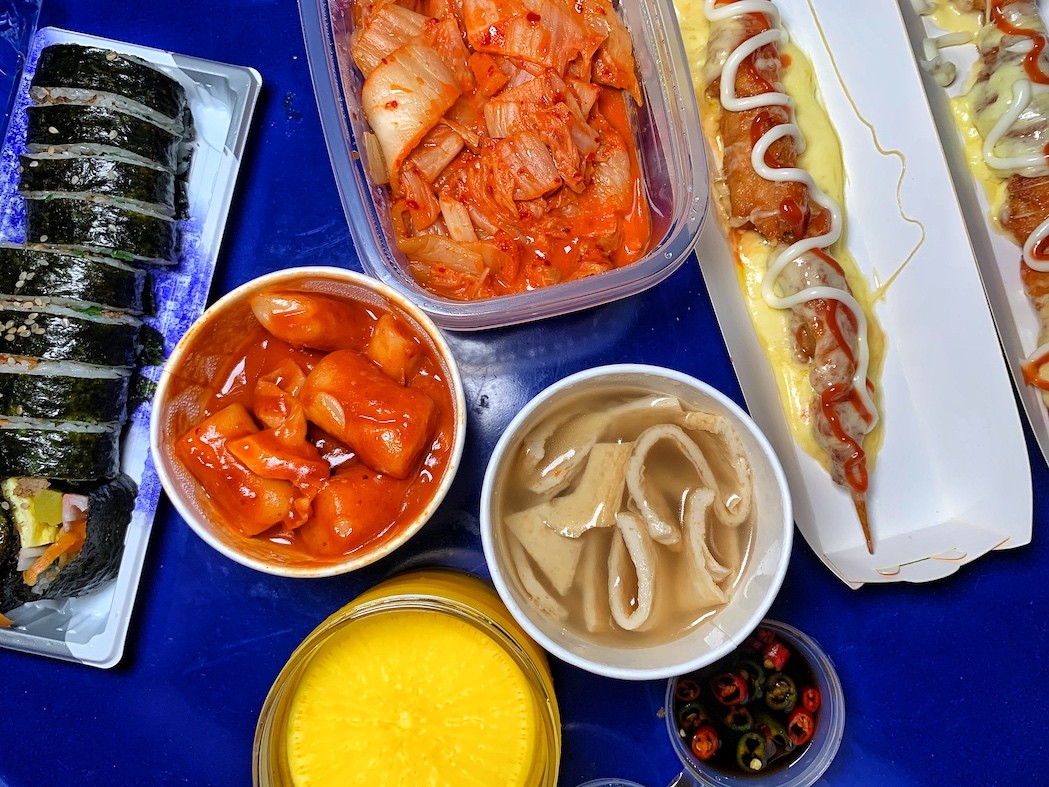
Image by Sophie Steiner/That's
Congratulations, you’ve conquered Koreatown. Now return home and plan to skip all consumption-related activities for the next week.
Sources:
(i): New York Times article The Breakfasts of Asia: The Food of Long Ago Is This Morning's Feast by Elaine Louie, “Although the Chinese and Japanese have some special breakfast food, Koreans do not. "We eat the same food for breakfast, lunch and dinner," said Young Choe, the manager of Woo Chon Restaurant in Manhattan, which is open 24 hours a day.”
(ii): The Spruce Eats article How to Prepare a Traditional Japanese Breakfast by Setsuko Yoshizuka, “Although a Japanese breakfast comprises what Westerners might view as a complete meal appropriate for lunch or dinner, it is not intended to be heavy or too filling.”
(iii) The World Travel Guide’s article North Korea Food and Drink, “Gimbap: North Korea’s take on sushi.”
This article was originally published on August 4, 2021. It has been updated on September 15, 2021.
[Cover image by Sophie Steiner/That's]






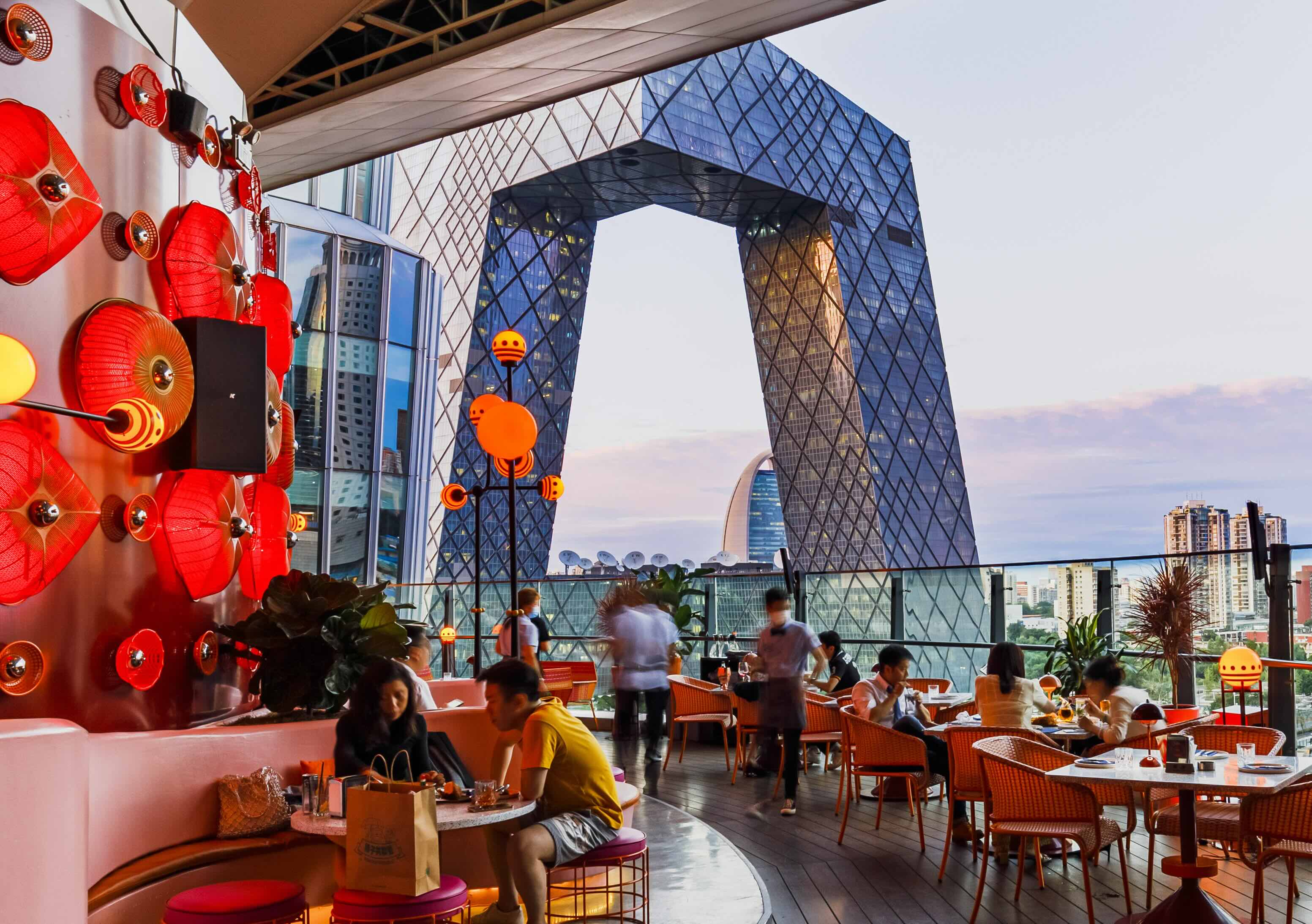












0 User Comments